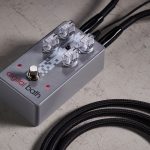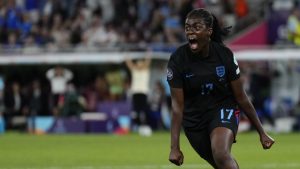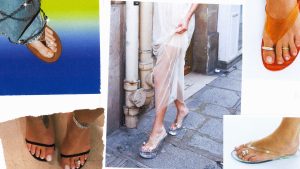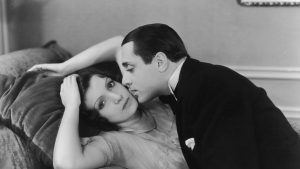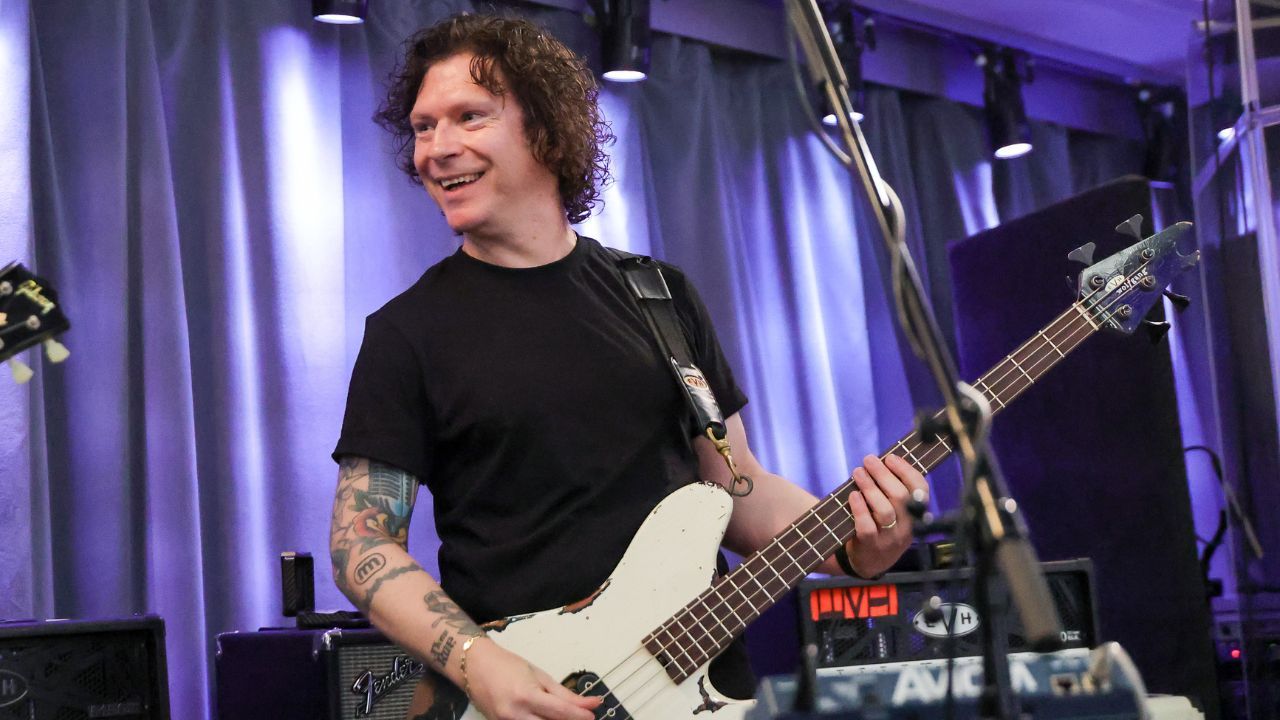
“With Mammoth, I play an EVH prototype built by Chip Ellis at the Fender Custom Shop. Only 2 exist!” Bassist Ronnie Ficarro on taking Wolfgang Van Halen’s studio sound to the stage
(Image credit: Getty Images)
A full-fat rock band like they used to make in the 1970s, the recently rebranded Mammoth features Ronnie Ficarro on bass alongside guitarists Jonathan Jourdan and Frank Sidoris, drummer Garrett Whitlock, and Wolfgang ‘Son of Eddie’ Van Halen on guitar and vocals.
“First and foremost, Wolf plays everything on the album,” says Ficarro. “In fact, he’s a monster bass player! So my job is to try and recreate his basslines whenever we play live.”
Amid the heavyweight sounds of his bandmates, Ficarro’s live bass guitar parts punch through with great clarity and power – and you can attribute a lot of this to the new EVH bass gear he’s been using.
(Image credit: Ronnie Ficarro)“With Mammoth I play an EVH prototype that was built by Chip Ellis at the Fender Custom Shop. The relic finish is vintage white over black, which matches Wolf’s EVH SA-126 guitar. There are only two that exist!
“It’s fitted with EVH custom bass humbuckers and a 6-way pickup selector switch, but I keep things in the second position most of the time, which is everything on. It’s the setting that sounds the closest to my Gibson G3.”
If you’re wondering where Ficarro gets his pickup-trashing pick approach from, check his influences. “I started with The Beatles, The Kinks, The Zombies, and The Stones, but the bass player I gravitated to the most was Paul McCartney.
“Later on I discovered Mike Dirnt’s bass playing with Green Day. I’d never heard a bass sound like that before. I was using flatwound strings, and felt picks! But Mike’s bass was bright, and alive! I was hooked.”
All the latest guitar news, interviews, lessons, reviews, deals and more, direct to your inbox!
In terms of his tone, Ficarro sticks to a tried-and-tested approach. “I’m pretty aggressive with my right hand, which in itself creates a tone that I like. New strings also help me get the bounce and response against my pick. I don’t scoop any mids. Your tone can make or break a sound of any band.”
Mammoth – “Don’t Back Down” – WDHA Exclusive Show – YouTube
Watch On
What were you doing before Mammoth?
“I played in a few touring rock bands, and worked with some pop artists. The most notable would be I Am Ghost, Falling In Reverse, and JMSN.”
When did you first take up the bass?
“I found my Dad’s Höfner bass in his bedroom closet when I was 13. Piano wasn’t doing it for me, and trumpet made my lips bleed, but the Höfner was the coolest thing I’d ever seen. Inevitably, my dad caught me playing it one day.
“I thought he’d be mad, but he took me straight to The House of Guitars! We walked out with my first bass, which was a MIM Fender P-Bass in Arctic White.”
How has your bass playing evolved since then?
“I’ve spent a lot of time working on my tone. New gear helps, but I always wanted to have my own sound. I used to practice all day, everyday, but I’ve never had a bass lesson, so any kind of evolution has just come naturally.”
(Image credit: Getty Images)What sort of gear did you have in those early years?
“I had a Fender P-Bass and a Peavey Basic 50 amp, and then a Peavey 210 combo. I ended up trading my P-Bass for a 1978 Gibson G3 bass.
“My first Ampeg was a SVT-3 Pro, and that thing was a tank! I also had a SVT-2 Pro with an SVT-810E Classic cabinet. Nowadays, I play a Fender Super Bassman through a 610 Neo cab. I also have an EICH T-900.”
What bass sound do you aim for when you play live?
“I take a DI out of my pedalboard, and another DI out of my amp, so the signal is split. I set one to be dirty and quite bright, while the other is more round and full. Then I mix them both together, which gives me the best of both worlds.”
(Image credit: Getty Images)Fingers or pick?
“I prefer the sound of a pick, but it ultimately depends on what the song calls for. Each has their own vibe.”
Can you play slap bass?
“I’m self-taught, so I have my own way of playing slap bass. I never really had an application for it until Wolf put a slap bassline in the new single, The End. Luckily I can play it!”
What was it like making the video for The End?
“If you’re not having fun playing a rock anthem like that then you’re in the wrong business! The video was so much fun. It was directed by Robert Rodriguez, with a bunch of cameos. At one point Slash is just chillin’ while some people get eaten.”
Mammoth: The End (Official Video) – YouTube
Watch On
Are you a 4-, 5- or 6-string man?
“4-strings! That’s all Jaco needed! If I ever need a lower note then I’ll just grab another bass and de-tune it.”
Are you a bass player who spends hours practicing?
“I’ve always spent hours practicing, which includes learning any songs that I like. I’ll learn songs by ear, and just try to figure out how the bass player got that particular sound. I still play everyday, even when I’m home from tour.”
How would you define your role in the band?
“My role is to support the low-end, as well as cut through a wall of guitars. As much as anyone else, it’s the bass player’s job to make the song feel good. I just try to be cool, and be on time!”
Nick Wells was the Editor of Bass Guitar magazine from 2009 to 2011, before making strides into the world of Artist Relations with Sheldon Dingwall and Dingwall Guitars. He’s also the producer of bass-centric documentaries, Walking the Changes and Beneath the Bassline, as well as Production Manager and Artist Liaison for ScottsBassLessons. In his free time, you’ll find him jumping around his bedroom to Kool & The Gang while hammering the life out of his P-Bass.




